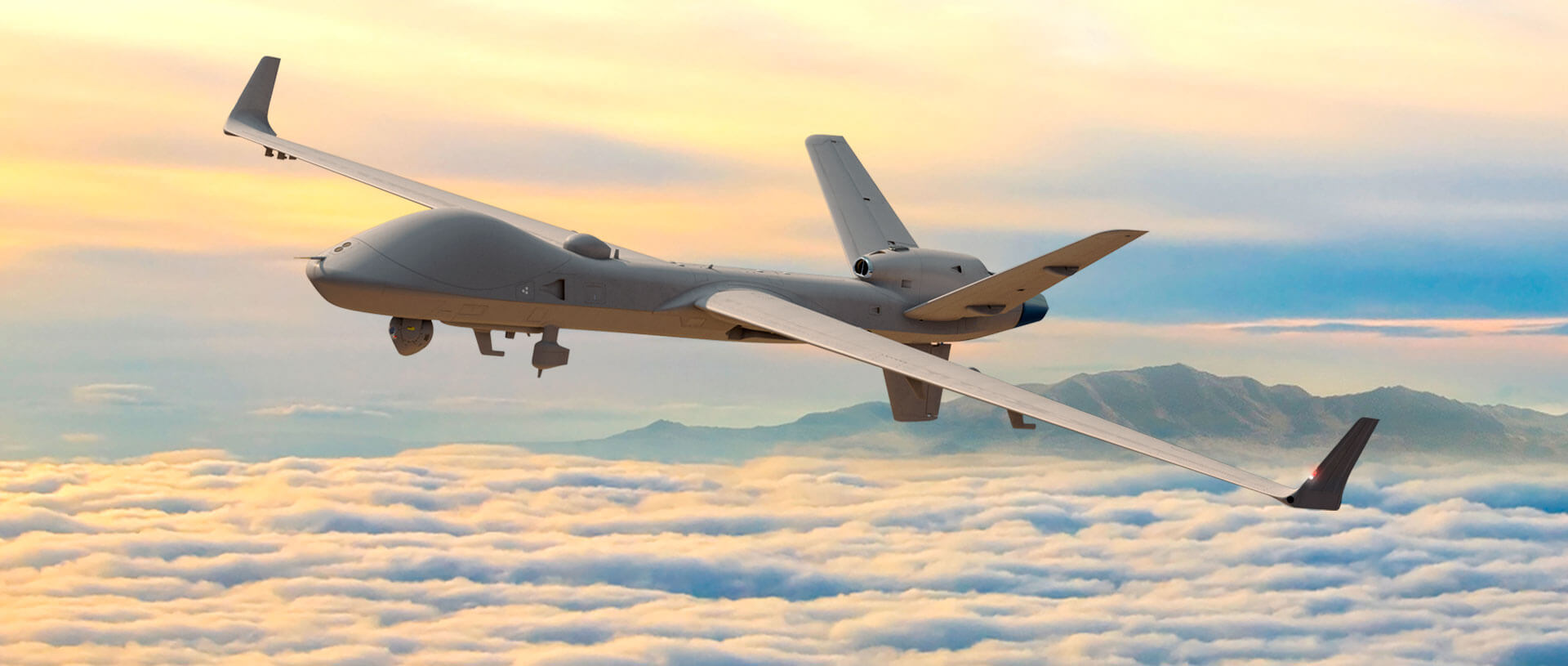According to a PTI report, India is on track to finalise a deal to procure 31 MQ-9B Predator armed drones from the US by March next year.
The transaction is currently undergoing the final stages of negotiation between American and Indian government officials.
Overview
The deal will be completed under a government-to-government framework through the Foreign Military Sales (FMS) route of the US government. In the coming weeks, the US Congress is expected to grant the impending approval.
Officials from the US and India will hold the final series of negotiations after Washington responds to India’s Letter of Request (LOR) to acquire the drones from General Atomics, a US defence major. So far, the price of the deal has not been finalised. However, it is estimated that the deal could amount to approximately $3 billion.
#India is looking at sealing a landmark deal to procure 31 MQ-9B Predator armed drones from the U.S. under a government-to-government framework by March with #US #Congress expected to clear the supplies in a few weeks, people familiar with the matter said.https://t.co/u3QJC3mwH5
— The Hindu (@the_hindu) November 27, 2023
Sources said that the two sides are actively working on the finer details of the agreement to finish it by March 2024. The deal that adheres to a well-defined protocol will be between the Indian government and US authorities, with the Pentagon subsequently communicating the requirements of the Indian armed forces to General Atomics.
The Deal
The 31 drones that India will acquire will be distributed among the three services. These include the Sea Guardian and Sky Guardian Drones. Of these, the Navy is set to receive 15 Sea Guardian drones, while the Indian Air Force and the Army will each be equipped with eight Sky Guardian drones.
According to sources, the MQ-9Bs will be assembled in India. Additionally, General Atomics is expected to establish a Comprehensive Global Maintenance, Repair and Overhaul (MRO) facility in India to support New Delhi’s long-term goals to boost indigenous defence capabilities. At present, the two sides have finalised the indigenous content in the drones to be at 8-9%. However, India is negotiating to increase that to 15-20%. GA is in talks with various Indian companies for the domestic manufacture of some components.
India intends to procure these long-endurance ‘hunter-killer’ drones to enhance the Intelligence, Surveillance, and Reconnaissance (ISR) capabilities of its armed forces. In a joint statement released after Indian PM Narendra Modi’s meeting with President Joe Biden during his US visit, the US welcomed India’s plans to procure General Atomic’s MQ-9B High Altitude Long Endurance (HALE) Unmanned Aerial Vehicles (UAVs).
Drone procurement was also featured during talks between US Defense Secretary Lloyd J. Austin and Indian Defense Minister Rajnath Singh in Delhi earlier this month. Ensuring that the deal would be announced at an appropriate time, Austin highlighted the US commitment to ensuring India’s swift acquisition of the capability.
What’s Special About MQ-9Bs?
MQ-9B Guardian drones are high-altitude, long-endurance drones with an impressive capability to remain airborne for over 35 hours in all types of weather. The UAV can carry four Hellfire missiles and around 450 kgs of bombs.
According to General Atomics, the MQ-9B can provide around 80% of the capability of a large human-flown maritime patrol aircraft at approximately 20% of its cost per hour, making it economical for navies to send out Sea Guardians to clear big volumes of air and sea. The procurement will reduce the wear and tear on India’s crewed aircraft and the fleet of 12 P-81 long-range maritime patrol. The drones will provide India with a strategic edge over its adversaries by allowing it to conduct long-range surveillance and precision strikes without risking its manned aircraft or pilots.
#India, #US looking at finalising #MQ9B #PredatorDrone deal by early next yearhttps://t.co/QQGUILYsgt
— Economic Times (@EconomicTimes) November 27, 2023
The drones also integrate seamlessly with other US-origin platforms operated by India, including the P-81s, AH-64 Apache attack helicopters, and MH-60R multi-role helicopters. With this, the deal will enable India to boost its defence cooperation with the US and enhance its role in the Quad grouping with the US, Japan and Australia.
Furthermore, the drones will augment India’s security apparatus along the Line of Actual Control (LAC) with China and along its border with Pakistan. Additionally, by enhancing India’s surveillance and strike capabilities, the deal will allow India to counter the growing Chinese presence in the Indian Ocean.

